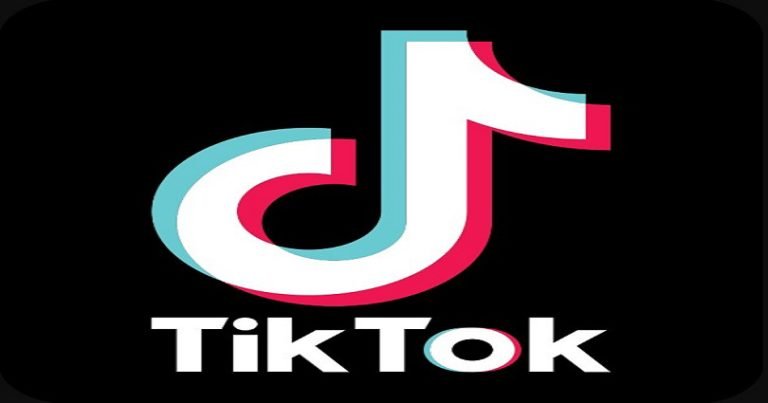

The algorithm creates a scarcity mindset among its users. But such active and often laborious attempts to break free from a compulsion to spend remind us of how powerful the structures at play can be. One influencer on the site, Paige Pritchard, recently went viral for discussing how TikTok can fuel overspending: “The more time I spend on this app, the more I’m seeing these themes coming through about what your consumption habits should look like that actually aren’t very normal.”Įxamples of “cash-stuffing”, where young people put physical money into envelopes to avoid mindless digital shopping, have also become increasingly popular on the site. The company’s global ad revenue soared from $4bn in 2021 to over $11.6bn last year and it made $205m more from in-app purchases than Facebook, Twitter and Instagram combined. What is clear is that spending inducements, including ultra-targeted advertisements based on user data and in-video shopping links, are at the heart of TikTok’s business model. We know that children were early adopters of the social media site, and 25% of its users are aged between 10 and 19. In the UK, data on how TikTok is influencing consumer behaviour has been scarce.

And a 2021 Adweek survey in the US found TikTok users were potentially “the most dedicated group of buyers from social media”, and were also more likely to buy items promoted on platforms including Pinterest, YouTube, Snapchat, Reddit, and LinkedIn. TikTok’s own research found 52% of millennial users in the UK bought a product because they saw it on the site in the last year, rising to 60% of Gen Z users. They say so themselves – videos featuring the hashtag #TikTokMadeMeBuyIt have more than 40bn views. It’s also clear that young people’s spending is influenced by what they see on social media. The proportion of TSB’s 18- to 24-year-old customers going overdrawn was 10% higher in October 2022 than a year earlier. They are about seven times more likely to do so than their grandparents’ generation. More than half of 18- to 24-year-olds in the UK have either taken on new or additional debt in the past 12 months or expect to do so in the next 12 months, according to a survey in December by TSB bank. Whether that addictive algorithm is contributing to a rising trend of young people finding themselves in debt is an important consideration.


 0 kommentar(er)
0 kommentar(er)
